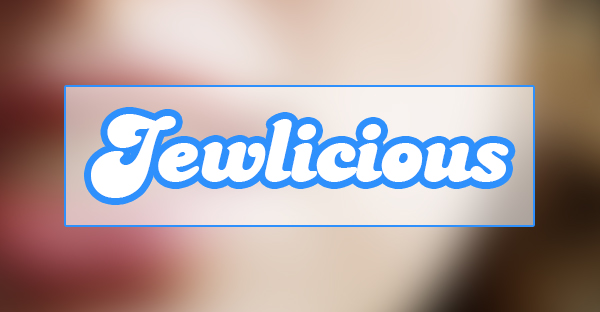In today’s nonstop world, the idea of taking a rest is a no-brainer, but an experience that few people actually take the time for. But the appeal of taking a break–a Sabbath of sorts–even if it’s not necessarily on Saturdays (or Fridays for our Muslim friends or Sundays for our Christian friends). It is rapidly becoming clear that Shabbat is something (like a Thneed) that everyone needs.
In the NY Times, Mark Bittman decides to engage in a “secular Sabbath,” and discovers it’s not all that easy:
On my first weekend last fall, I eagerly shut it all down on Friday night, then went to bed to read. (I chose Saturday because my rules include no television, and I had to watch the Giants on Sunday). I woke up nervous, eager for my laptop. That forbidden, I reached for the phone. No, not that either. Send a text message? No. I quickly realized that I was feeling the same way I do when the electricity goes out and, finding one appliance nonfunctional, I go immediately to the next. I was jumpy, twitchy, uneven. […] Gradually, over this and the next couple of weekends — one of which stretched from Friday night until Monday morning, like the old days — I adapted.
Over on the celebrity Sabbath circuit (via NY Magazine), we’ve got Rufus Wainwright speaking for the trees (not bad, a second Lorax reference in one post!) and encouraging people to “unplug and live in quiet darkness from noon to midnight on June 21, the summer solstice” for something he calls Blackout Sabbath. “I felt like the whole environmental movement was getting a little too glitzy,†he said by phone after announcing the plan at his glitzy Valentine’s Day concert at Radio City Music Hall. “But my belief is that it really has to come from the individual.â€
While the decision comes from the individual, community support can help aid a Shabbat experience, as about 400+ people at the Jewlicious Festival at the Alpert JCC in Long Beach, CA this weekend discovered as they broke with their daily schedules and did something a bit different. What seemed like hundreds of challahs in a dozen flavors (I saw chocolate chip, raisin, cranberry walnut, peanut butter and za’atar, to start with) flew courtesy of Challah For Hunger’s Eli Winkelman and her band of Challahteers, and the wine guys made sure everyone celebrated in style.
Next weekend is Shabbat Across America, and you can connect to a Shabbat experience in your local community. But even if you’re far from a synagogue, or can’t make it to a Shabbat dinner or service or even make the commitment to do something different next week, you can commit to creating a Shabbat of your own at one of SAA’s virtual or real Shabbat tables on their new social network devoted to taking one day a week to do something a little different.
If you were at Jewlicious and want to do more Shabbat stuff, check out the local Shabbat Across America program, and join their social network. You can find a SAA location near you, create your own theme-based virtual or real table, or join the virtual Jewlicious table, which is already set up and waiting for you. We might not have that many flavors of challah, but there are many tables about many interests, and you can always found your own. Check out the tables here.
Next Shabbat, you can enjoy the concept of Shabbat no matter your affiliation or level of knowledge and observance. As you “sit down and Shabbat up,” you’ll take a rest from the everyday, which is apparently (see above, duh!) all the rage. Whatever small steps you commit to will help you to redefine Sabbath, community and the Shabbat table in a way that’s meaningful to you.
Looking toward a shavua tov, followed by a Shabbat shalom.





